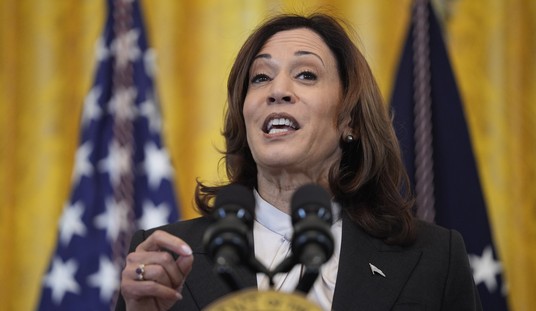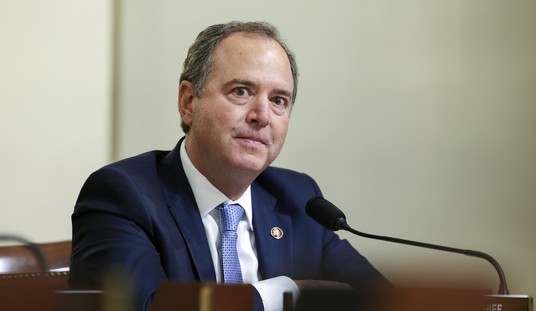The news about Obamacare gets even worse as 2013 comments by a high-profile architect of Obamacare, Jonathan Gruber, came to light. Gruber suggested that Obamacare passed because of the “stupidity of the American voter” and a “lack of transparency” over the way it would be funded. This shows contempt for the American people, but also that the government-run healthcare legislation may not have passed if Americans knew what was going to be in the bill.
Advertisement
Another misunderstanding by government may be the central role pharmaceuticals play in healthcare. The notion of a $1,000 pill is just too easy to be outraged about. No matter the disease it was developed to cure, no matter the costs associated with developing it, no matter the upside it realizes in terms of human life and potential, a single pill costing $1,000 symbolizes everything we’re told is wrong with our healthcare system.
And yet.
Sovaldi by Gilead Sciences is nothing short of a medical breakthrough. Unlike treatment regimens for chronic diseases like H.I.V. / AIDS, which can last a patient’s lifetime, Sovaldi actually cures – cures – patients with Hepatitis C in a few weeks. Gilead has received no shortage of criticism for pricing Sovaldi at $1,000 per pill (a full course of Sovaldi treatment can cost around $84,000) from the usual editorial pages and insurance companies. But before we collectively decide we’d rather live in a world without expensive specialty medicines like Sovaldi, let’s consider some of the arguments in favor of a marketplace that tolerates them.
Cost Savings. The cost of treating an illness though drug therapy is much less expensive than a transplant or long-term disease-management. A lifetime of treatments can make patients significantly less productive. According to a Milken Institute report titled, “Check Up Time: Chronic Disease and Wellness in America,” treatment costs and lost productivity associated with chronic disease will result in “a 42 percent increase in cases to 230 million in 2023, with $4.2 trillion in treatment costs and lost economic output.” A sick workforce is not a productive workforce.
Recommended
Advertisement
Greater Value. Jim Greenwood of the Biotechnology Industry Organization has pointed out that the average lifetime treatment costs for a Hepatitis C patient is over $200,000. A liver transplant, necessary for some Hepatitis C patients, costs almost $600,000. In a relative sense, an $84,000 drug cure is a value.
Contrary to conventional wisdom, drug prices are rising much more slowly relative to the overall cost of healthcare. According to the California Healthcare Foundation, prescription drugs represented only 1.2% of the growth in total healthcare spending between 2011 and 2012. Annual increases in U.S. drug expenditures have been on the decline for a decade, according to a 2014 report in the American Journal of Health-System Pharmacy. So while a $1,000 pill makes for great headlines, it’s not representative of the broader healthcare economy.
Innovation. Finally, and this is important, we really don’t want to live in a world in which there are no new drugs and new cures. And those new cures require tremendous investments in research and development. Developing a single new drug can take fifteen years and $350 million. And most of these kinds of R&D projects never result in a new drug on the market; they are either unsuccessful or never obtain approval. Nevertheless, this R&D is the lifeblood of the pharmaceutical industry. The Congressional Budget Office reports that “Pharmaceutical firms invest as much as five times more in research and development, relative to their sales, than the average U.S. manufacturing firm.” And let’s get right to it: Pharmaceutical companies make those investments to earn a fair profit saving lives. Not a fair profit selling you insurance. They make those investments to develop products that save lives. That’s something we should encourage, not ridicule.
Advertisement
As a result of the 2014 midterm elections, healthcare may once again be on the policymakers’ reform agenda in Washington. Good. As they consider reform and improvements in our healthcare system, they need to remember the virtues of a marketplace that allows medical breakthroughs to flourish.

























Join the conversation as a VIP Member